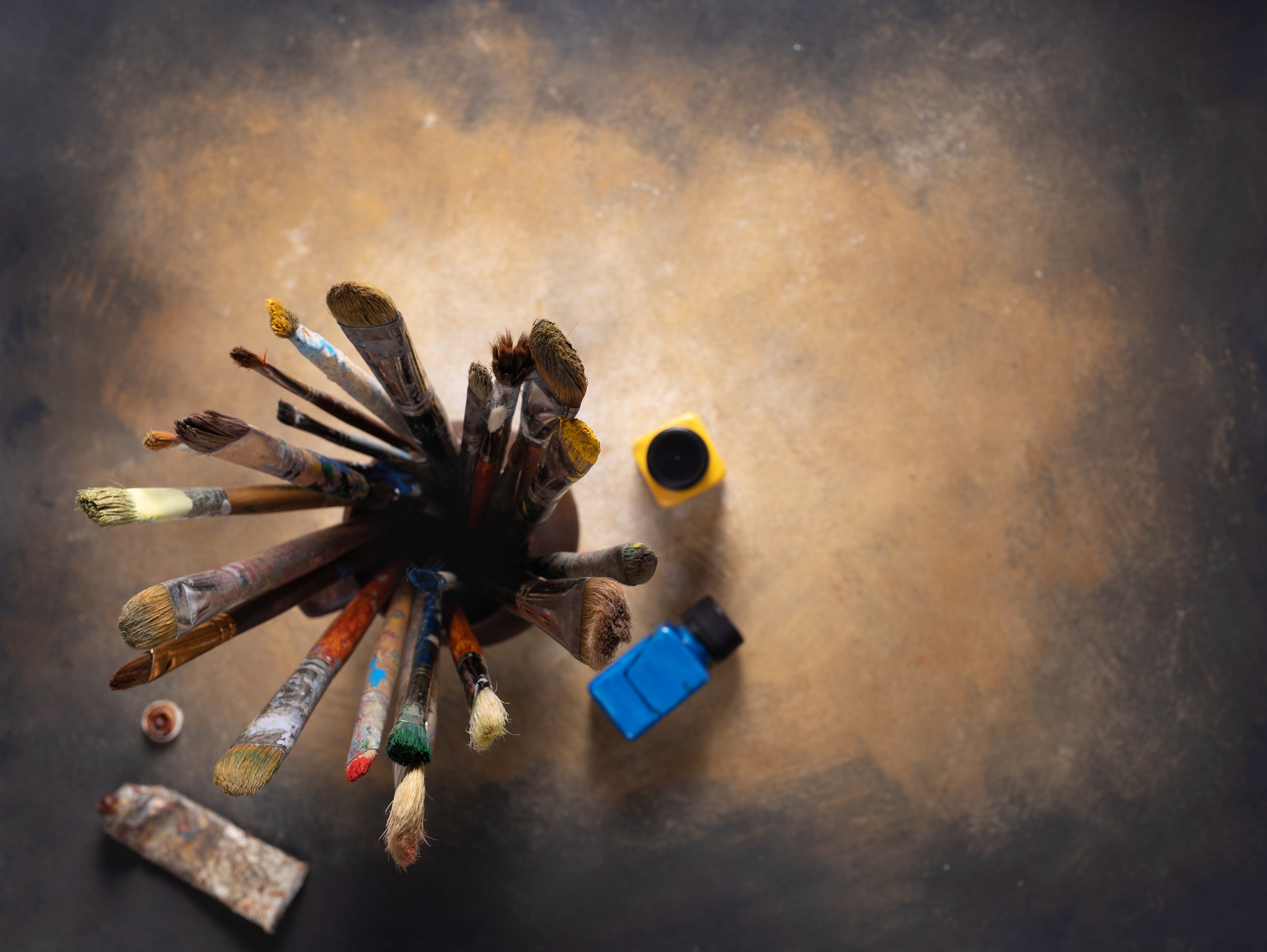The art scene is undergoing a radical transformation as Christie’s steps into the digital age with its pioneering auction of AI-generated art. This bold move is redefining creativity and challenging traditional notions of authorship and authenticity, opening up a realm where human ingenuity and digital innovation meet.

A New Chapter in Art History
Christie’s, famed for auctioning some of the world’s greatest masterpieces, is now embracing a future where artificial intelligence plays a starring role. The auction isn’t just about selling art—it’s about sparking a conversation on how technology can expand the boundaries of creativity. By presenting works crafted with advanced AI techniques, Christie’s is inviting both art enthusiasts and tech aficionados to witness a revolutionary fusion of art and algorithm.
The Open Letter That’s Sparking Debate
Central to this movement is an influential open letter written by Tan, a prominent figure at the crossroads of art and technology. In the letter, Tan lays out a visionary plan for AI art, urging the art community to consider new standards for transparency, ethical creation, and collaboration. Key points include:
- Clear Creation Processes: Artists and technologists are encouraged to detail the AI methods used in each work, from generative adversarial networks (GANs) to neural style transfer techniques.
- Ethical Collaboration: The letter calls for balanced practices that honor both the innovative potential of AI and the enduring value of human creativity.
- Future Standards: Tan’s message is a rallying cry for interdisciplinary collaboration—bridging artists, programmers, and legal experts—to establish guidelines that protect creative integrity while embracing technological progress.
Inside the AI Toolbox
The innovative artworks showcased at Christie’s are the product of several cutting-edge technologies:
- Generative Adversarial Networks (GANs): This technology pits two neural networks against each other to produce intricate and often surprising images.
- Neural Style Transfer: By blending the visual style of one image with the content of another, this technique creates entirely new interpretations of familiar themes.
- Deep Learning: Utilizing massive datasets and sophisticated algorithms, AI can analyze centuries of artistic trends, infusing each piece with a rich blend of historical influences and modern aesthetics.
These technologies aren’t just tools—they’re new partners in the creative process, offering fresh perspectives and challenging long-standing artistic traditions.
Navigating Legal and Ethical Frontiers
As AI-generated art gains traction, important questions about ownership and authenticity arise:
- Authorship Challenges: With AI playing a significant role in the creative process, determining the true “artist” becomes a nuanced debate. Is it the programmer, the curator, or a collaborative effort between human and machine?
- Intellectual Property: Traditional copyright laws are struggling to keep pace with this new form of creation. Christie’s proactive approach—detailing the creation process of each artwork—aims to address these challenges head-on.
- Ethical Considerations: Beyond legalities, there’s an ongoing conversation about the ethical implications of crediting AI as an artist. Most experts agree that AI should be viewed as a sophisticated tool that enhances, rather than replaces, human creativity.
Market Impact and a Glimpse into the Future
The introduction of AI art into the auction market is more than just a novelty—it signals a major shift in the global art landscape:
- Rising Collector Interest: A new wave of tech-savvy collectors is emerging, drawn by the innovative blend of art and technology. While some traditionalists remain skeptical, many see AI art as an exciting frontier with tremendous potential.
- Institutional Embrace: Galleries, museums, and academic institutions around the world are beginning to incorporate digital art into their collections and curricula, reflecting a broader acceptance of AI’s role in shaping creative expression.
- Setting New Standards: By insisting on detailed documentation and transparent practices, Christie’s is setting a benchmark that could influence future legal and ethical standards for AI-generated works.
Looking ahead, the integration of AI into art promises to expand creative possibilities and redefine how we think about art. The collaboration between human insight and digital innovation is not a threat—it’s an opportunity to explore new creative horizons.

Frequently Asked Questions (FAQs)
Q1: What is AI-generated art and how does it work?
A: AI-generated art is created with the help of artificial intelligence technologies such as GANs and neural style transfer. These methods analyze vast datasets of images and artistic styles, enabling algorithms to produce unique works that blend computational precision with creative inspiration.
Q2: Who holds the rights to an AI-created artwork?
A: Ownership of AI art is a complex issue. It often depends on the level of human involvement in the creative process. Legal experts are still debating whether the rights should belong to the programmer, the curator, or if a shared model is more appropriate. Christie’s approach of detailed documentation helps clarify these contributions.
Q3: How does Christie’s ensure the authenticity of AI-generated works?
A: Christie’s guarantees authenticity by requiring full disclosure of the creative process. Each artwork comes with detailed information on the AI tools, methodologies, and human interventions involved. This transparency helps verify the work’s provenance and upholds its integrity.
Christie’s groundbreaking auction marks a pivotal moment in art history—a new era where technology and tradition converge to expand the definition of creativity. As AI continues to evolve, the art world stands ready to explore fresh, dynamic possibilities that honor the past while embracing the future.
Sources CNN


